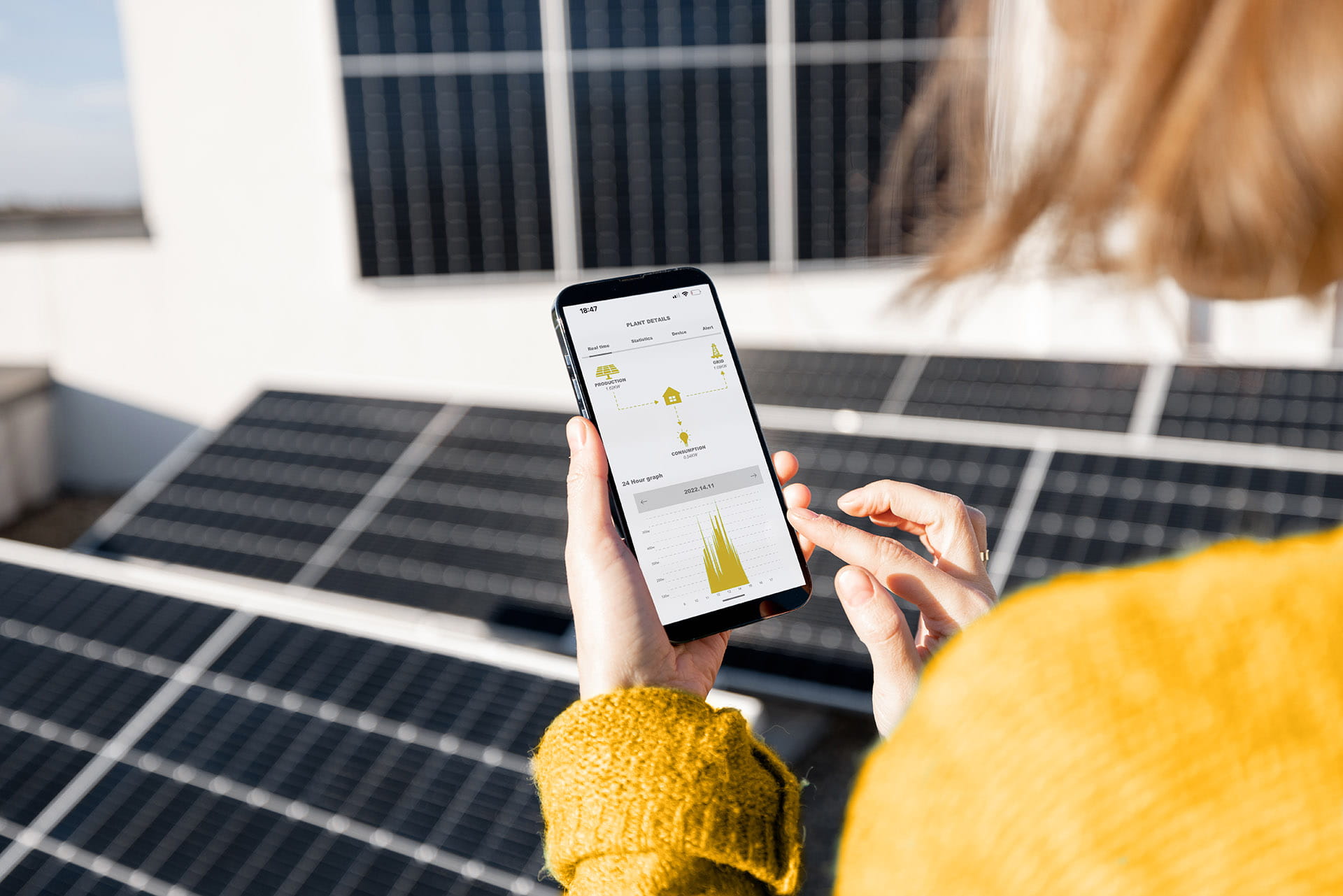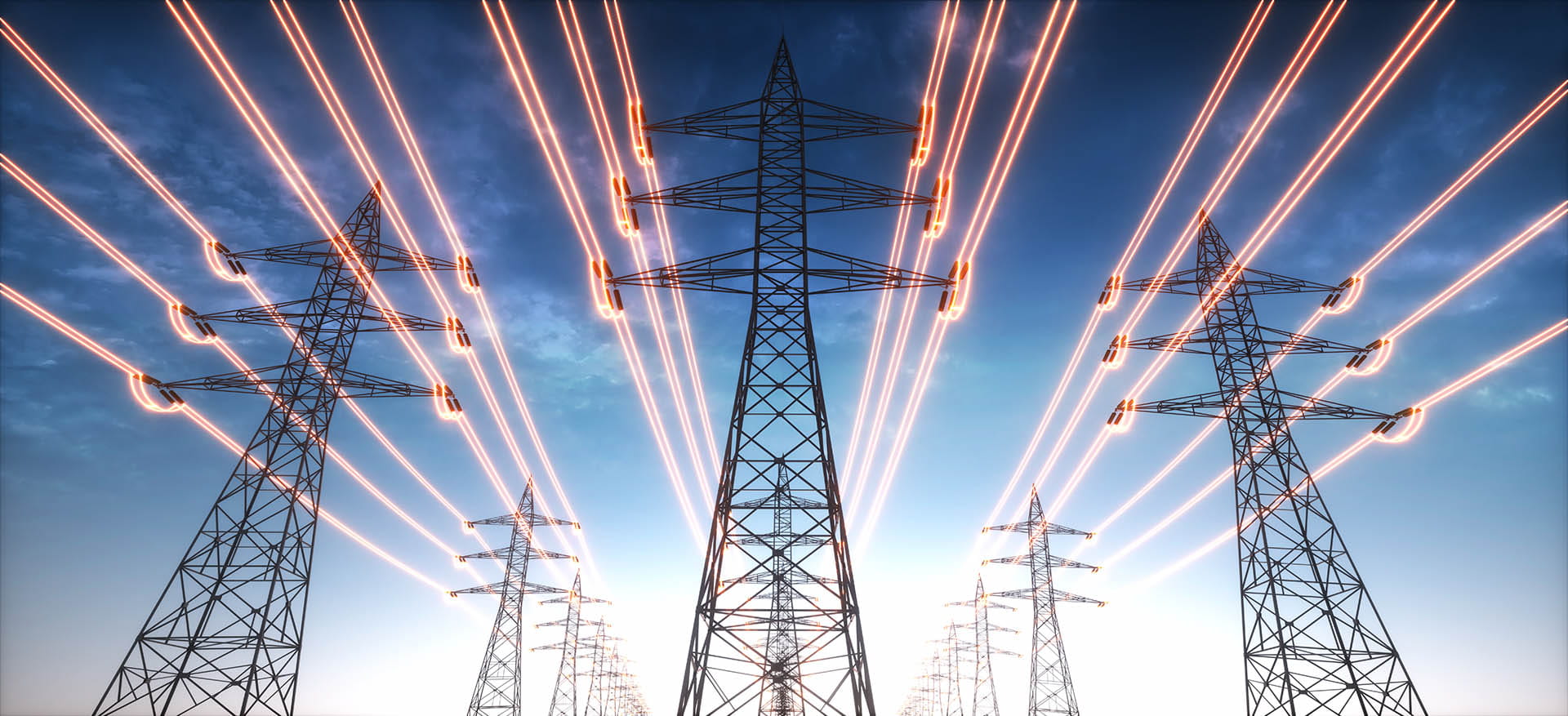Co-creating the Energy Grid of the Future
Democratizing and decentralizing the smart grid to reduce global warming
11 minutes
18th of August, 2023

This article was originally published in Thinkers & Makers, a magazine from Akkodis featuring the smartest minds and innovative projects that are driving the future of technology and engineering.
The fight to reduce global warming is profoundly affecting societies, businesses and individuals everywhere. Environmentally conscious individuals want to contribute to the transition to a low carbon economy. Digital tools and solutions allow them to practice what they preach.
Think Global, Act Local
In the power sector, growing consumer engagement and activism is changing the business, compelling energy producers and providers to offer new levels of service and transparency.
Passive consumers are increasingly being replaced by activists and prosumers–consumers who get involved in the creation of products–as more and more people get involved at a grassroots level to help the planet.
Customers want to control their energy use, and they want to know where their electricity comes from. They want guidance on how they as individuals can contribute to decarbonization, by buying renewable energy and using it more responsibly.

Decentralizing the Smart Grid
The trend towards empowering consumers would be unthinkable without digitalization–digital tools make the move from consumer to prosumer possible.
This democratization goes hand in hand with the decentralization of our energy system. Future energy systems will be radically different. We’re moving away from a small number of large, conventional power plants feeding a centralized distribution system, toward a Smart Grid, integrating renewable energy sources into the power supply, decentralizing energy production and storage and with built-in flexibility and intelligence.
To meet these new customer demands, energy companies are evolving from suppliers to advisors, offering their customers real-time data on consumption and cost by developing smart meters, flexible billing systems and smartphone apps.
Handling the Duck Curve
While conventional, centralized energy production and distribution is easy to control to cater to shifting demand patterns during the day, renewable energy is harder to handle.
Solar energy typically peaks in the middle of the day, while energy demand increases around sunset, peaking in the mid-evening hours. Translated to a graph this timing imbalance produces a Duck Curve, resembling the silhouette of a duck.
The Duck Curve is just one of many challenges facing the engineers building the Smart Grid of the future as the centralized grid is gradually replaced by a highly distributed system for energy production, storage, and consumption.
Energy will come from a wealth of different sources of different sizes, from massive offshore wind farms to the solar panels on the roof of a house. All of these sources feed into the renewable energy grid.
To handle the mismatch between production and demand, energy must be stored for later use. And just as energy will come from many different sources, there will be many forms of storage, some centralized and high capacity, some small and decentralized.
Changing Consumption
The push toward electrification, including innovations such as electric vehicles and heat pumps, is changing demand patterns. While previously consumers simply passively paid for their energy use, they are now starting to participate in the system to reduce their carbon footprint, feeding the energy they produce into the grid or receiving energy and storing it temporarily in the battery powering their home or their car.
The Smart Grid would be unthinkable without digital communications technology. Like the internet, it consists of computers, cables, controls, and automation. This new communication infrastructure layered on top of the electricity infrastructure enables two-way communication between the utility and its customers and quick and efficient responses to changing electric demand.
Digital tools make the grid flexible and robust enough to cope with fluctuations in consumption as well as production over hours, days, and weeks.
Diverse and Distributed
Distributed Energy Resources (DER), or energy-related technologies such as electric vehicles, battery storage, solar energy systems, smart thermostats, heat pumps and much more areconnected to the distribution grid, making for significant challenges for power retailers and distribution system operators.
Not only do they need to integrate DERs into existing grid operations but they also need to control them under virtual power plant (VPP) or demand response (DR) programs.
The DER trend is also disrupting existing business models and traditional product offerings, compelling distribution companies and power retailers to become more agile, redefine their customer value propositions, and run multiple operating and revenue models simultaneously.

The backbone of the green shift
The new democratic and decentralized Energy Internet will be the backbone of the transition to a low carbon economy. Engineers and software developers will be indispensable in developing its building blocks, whether vehicle charging solutions, biofuels, dynamic energy billing or near real-time control systems monitoring supply and demand.
Engineers and software developers will come up with the digital solutions that not only help energy companies cope with the increasing penetration of DER but also extract value from them.
Akkodis has developed a demonstrator platform for digital exchanges between energy system market participants for the EU-SysFlex demonstration program. The platform leverages Estfeed2 secure data exchange infrastructure based on the open-source X-Road project, the backbone of e-Estonia blockchain based government services. Akkodis’ data analytics platform was utilized to provide near real-time visibility, forecasting and simulation of energy system operations.
SysFlex is a program in which a consortium of governments, energy companies, and digital and engineering experts have trialed system operation and flexibility solutions for integrating 50% renewables into the pan-European Power System by 2030.
The objective of the demonstrator platform was to facilitate quick and safe operation in an increasingly decentralized energy system, with numerous market participants and regulators, and a need to manage data in very close to real-time.
Akkodis is assisting one of the leading European developers of state-of-the-art, smart, and connected energy storage solutions. Leipzig-based SENEC manufactures energy systems for homeowners, integrating solar panels, power storage and vehicle charging into one solution.
The centerpiece of the SENEC portfolio is the SENEC.Home energy storage box. The newest version, SENEC.Home 4, can store up to 25.2 kWh. But a battery is not just a battery, and it’s not only defined by its storage capacity.
To deliver value to the customer it must work with other systems and infrastructures, such as billing software, installing and maintenance systems, backends, databases and much more.
Since 2019,Akkodis has developed a large part of the necessary software. Ensuring scalability is probably the most crucial contribution. Akkodis has brought to the table in its cooperation with SENEC. SENEC has grown to 500 employees in just three years, and the company is expanding into Italy and Australia.
In Australia, Akkodis has been working with a leading energy generator and retailer to build E-Flex, an intelligent Distributed Energy Resources Management solution that reduces exposure to the negative pricing on the balancing market.
With one of the world’s largest penetration rates of solar rooftop installations, fast deployment of intermittent renewables, and five-minute settlements, Australia is a challenging market when it comes to power price volatility. Negative prices have become a common phenomenon, and the number of hours with negative power prices has increased steadily in the last few years, threatening the profitability of energy companies.
By leveraging energy usage data and energy wholesale market pricing data, the E-Flex analytics model developed by Akkodis on Microsoft Azure uses advanced machine learning to predict negative pricing events for customers’ solar power generation. Based on the predicted threshold, it automatically applies its intelligent DER control to switch off customers’ solar energy units during the negative pricing window to curb losses.